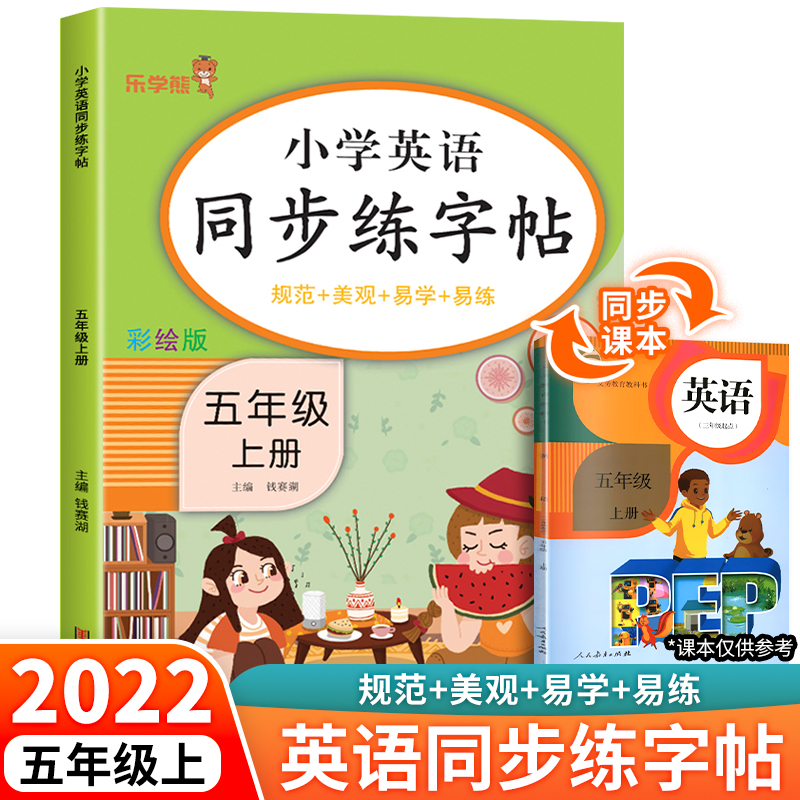Title: Navigating the Challenges of Enhancing Your English Translation Ability in Grade 10 In the realm of education, the journey to mastering a new language can be as challenging as it is rewarding. The Chinese Senior School Entrance Examination (Gaokao), often referred to as "Gaokao" or “Gaokao” in English, stands as the ultimate test in China, and its English portion demands an exceptional level of fluency and accuracy. For many students, this challenge extends into the realm of translation, where the ability to accurately convey meaning in a foreign tongue is paramount. As you prepare for your Gaokao, understanding and improving your English translation skills can significantly enhance your overall academic performance. In this essay, we will explore how to effectively tackle and improve these essential abilities. Understanding the Importance of Translation Firstly, it's crucial to recognize that translation is not merely about translating written words; it encompasses the skill of conveying the essence of one culture or subject matter onto another. In the Gaokao setting, this translates to the ability to articulate complex ideas and concepts clearly, using language that is both understandable and engaging to the target audience, typically Chinese speakers. Thus, understanding the cultural nuances and contextual appropriateness becomes vital in effective communication. Identifying Areas of Need To enhance your translation skills beyond mere word-for-word repetition, one must first identify areas where improvement is needed. This might involve recognizing common errors made by others or identifying areas where your own writing tends to falter. It's also important to note that translation involves not only grammar and vocabulary but also syntax, tone, and style. By analyzing and refining these aspects of your writing, you can begin to see improvements in your translation abilities. Practice Makes Perfect The saying "practice makes perfect" rings true when it comes to improving translation skills. Regular review and practice of translated text from various sources is essential. Start with simple passages and gradually move to more complex texts, ensuring you are familiar with the nuances of different writing styles and genres. Additionally, reading widely outside of textbooks and educational materials can provide exposure to different writing practices, which can aid in developing an understanding of different cultural contexts. Learning from Others Another powerful tool in enhancing translation skills is learning from others. Joining language clubs or tutoring sessions with native speakers can offer valuable insights into how sentences are constructed and phrases are expressed in different cultures. Moreover, watching tutorials or videos on YouTube can provide a visual representation of how sentences are structured in different languages, helping in comprehending and practicing translation. Improving Your Vocabulary A strong vocabulary is a foundation for effective translation. To expand your knowledge base, engage regularly with language resources that cater to all levels of learners. These might include online dictionaries and language learning apps, which offer interactive tools and quizzes to help retain information. Furthermore, creating a personal vocabulary list, focusing on frequently used phrases or words that carry particular connotations, can also prove beneficial in improving translation speed and accuracy. Employing Technological Tools Today's technology offers numerous ways to improve translation skills. Language learning platforms like Duolingo, Babbel, or Rosetta Stone, among others, offer interactive exercises designed to build vocabulary and improve grammar skills. Additionally, specialized applications like Grammarly can assist with grammar checking and sentence structure analysis, providing feedback on areas where you may struggle. Reflecting on Performance Lastly, reflecting on your performance is crucial in enhancing translation abilities. Analyzing past exam papers or essays can help identify common mistakes and areas needing improvement. Recording yourself speaking or writing in a language other than your native tongue can also be enlightening, allowing for self-evaluation. Regularly revisiting these recordings can help identify patterns and make adjustments accordingly. In conclusion, enhancing your translation abilities in the Gaokao is not solely a matter of memorizing vocabulary or practicing grammar; it involves a holistic approach that incorporates understanding the cultural context, identifying areas of strength and weakness, regular practice and feedback, and leveraging technological resources. By following these guidelines and staying committed to consistent practice, you can significantly boost your English translation skills and achieve your goals in the Chinese Senior School Entrance Examination. Remember, every step counts in the pursuit of excellence, so don't hesitate to take the plunge!
推荐阅读》未经允许不得转载:» 中考英语怎么补全译文(How to complete the translation in middle school entrance exams?)

 家长点评网
家长点评网











